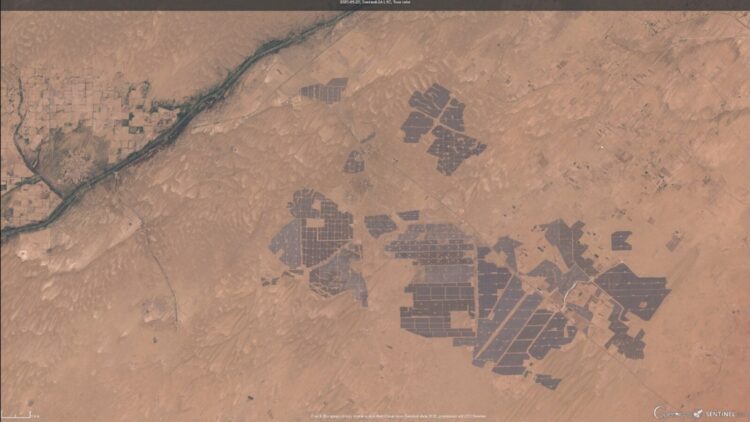Although multiple reports suggest that China is the leading solar energy producer in the world, India is slowly creeping up behind. India installed 10,000,000 solar panels to produce 2,000 MW in a project that is guaranteed to provide electricity for an estimated number of between 1 and 2 million homes. To some people, China might have a reason for concern, but ultimately, Earth stands to gain if countries are competing in clean-energy production.
Does China have a reason for concern? Unpacking India’s solar energy portfolio
Before delving into India’s 10,000,000 solar panels project, India’s overall solar energy portfolio is worth exploring. India possesses the Pavagada solar park, which is the second-largest power plant in the world and has been integral to reducing carbon emissions. For instance, the solar park has helped reduce over 60 million tonnes of greenhouse gas emissions in India.
Secondly, there is the Rewa Ultra Mega Solar Power Project, which was the first in India to reach an international agreement, thus ensuring that it had enough global reach to inspire countries worldwide. There is also the Kurnool Ultra Mega Solar Park, which opened the door for India to explore massive projects ambitiously.
India possesses many more solar parks, which convey the country’s full commitment to clean energy production and combating climate change. Many countries express the need to reduce greenhouse gas emissions, but fail to put that into practice, electing to cling to the short-term benefits of fossil fuels.
A solar energy powerhouse: India ignites 10,000,000 solar panels to produce 2,000MW
India could have elected to rest on its laurels, considering all of the clean-energy production parks that it already possesses, but this was not the case. Instead, India established Bhadla Solar Park in the Thar Desert of Rajasthan, which is recorded as the largest solar power plant in the world. It is not a secret that India is not a country known for its wealth or resources, so for it to have the largest solar power plant in the world is a testament to the country’s commitment to clean energy production. The Bhadla Solar Park covers about 14,000 acres of land and uses 10,000,000 solar panels to generate 2,000MW of electricity.
Examining how India’s Bhadla Solar Park benefits the population
According to multiple reports, China is the leading producer of renewable energy in the world by a sizeable margin. Thus, although China might have a reason for concern because of India, it is fair to say that there is no imminent or immediate threat to China’s reign in clean energy production.
Nevertheless, India’s solar park deserves recognition for reducing an estimated 5.6 million tonnes of carbon emissions per year. Additionally, the park guarantees cheap electricity for a multitude of homes through its 2,000MW generation of electricity. Ultimately, Bhadla Solar Park serves a dual purpose and attains a perfect balance between humanity and the environment.
Navigating through the hurdles: challenges faced by India’s 10,000,000 solar panels project
For a country of India’s status, investing over a billion dollars in an energy project could be perceived as a considerable risk. Thus, it is imperative that India handles the challenge of maintaining its solar energy powerhouse appropriately and ensuring that it continues to provide electricity for people. Additionally, grid connection challenges have previously prevented India from reaping the full rewards of its solar park, so the government will need to invest in achieving a smooth sailing execution of clean energy production.
India’s Bhadla Solar Park project is nothing short of a bold statement that might ruffle some feathers among the Chinese government. There is much for other countries to learn from India’s strategic investment, which has led to the country having two of the biggest solar parks in the world. When it comes to clean energy production, India is slowly emerging as a leader instead of settling for playing second fiddle to China.
Disclaimer: Our coverage of events affecting companies is purely informative and descriptive. Under no circumstances does it seek to promote an opinion or create a trend, nor can it be taken as investment advice or a recommendation of any kind.


